
- Homepage
- Authenticity
- Characteristics
- Format
- Material
- Store Category
- Type
- Bronze (5)
- Bronze Casting (9)
- Bronze Statue (11)
- Cendrier (4)
- Decoration (4)
- Figurine (6)
- Figurine, Statue (83)
- Garniture Cheminee (4)
- Lampe De Table (8)
- Lustre (3)
- Pendule à Poser (12)
- Pied Lampe Sculpture (6)
- Sculpture (1992)
- Sculpture, Statue (4)
- Serre Livres (4)
- Statue (227)
- Statue De Bronze (3)
- Statue Sculpture (524)
- Statue, Sculpture (336)
- Statuette (3)
- Other (888)
Bronze Sculpture Art Deco Fountain Faun Owl Vs Snake Sale
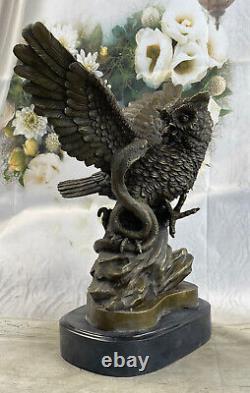
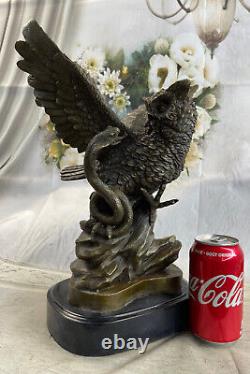
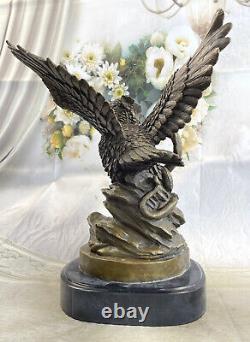
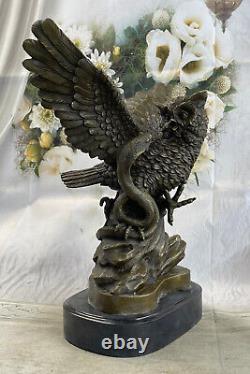
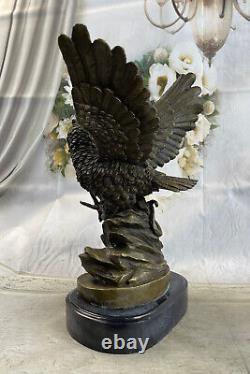
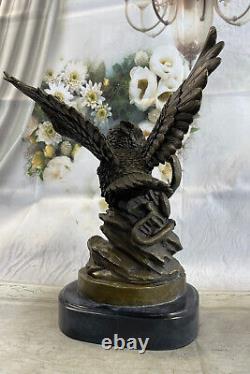
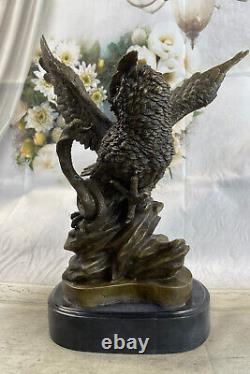


Bronze Sculpture Art Deco Fauna Owl Vs Snake Sale. This product sheet is originally written in English. Please find below an automatic translation in French. If you have any questions, please contact us. This sculpture is in perfect condition.
This life-size grand owl sculpture is scary yet surprisingly beautiful with its fully spread owl wings as it lands on this broken tree trunk. The owl has large downward-facing eyes, a falcon-shaped beak, and a flat face; and its well-defined circle of feathers is magnificent. Most birds of prey have eyes on the sides of their heads, but the stereoscopic nature of the owl's forward-facing eyes allows for greater depth perception necessary for hunting in low-light conditions. Although owls have binocular vision, their large eyes are fixed in their sockets - like those of other birds - so they must turn their entire head to change their view.
Owls can rotate their head and neck up to 270 degrees in both directions. As owls are farsighted, they are unable to see clearly anything within a few centimeters of their eyes. Prey caught can be sensed by owls using filo-plumes - small hair-like feathers on their beaks and feet that act as feelers. Their long-distance vision, particularly in low light, is exceptionally good. The owl was cast using the archaic method of lost-wax casting and tinted with a brown patina finish for perpetuation. The bronze sculpture rests on a black marble base and is signed by the artist Milo.
